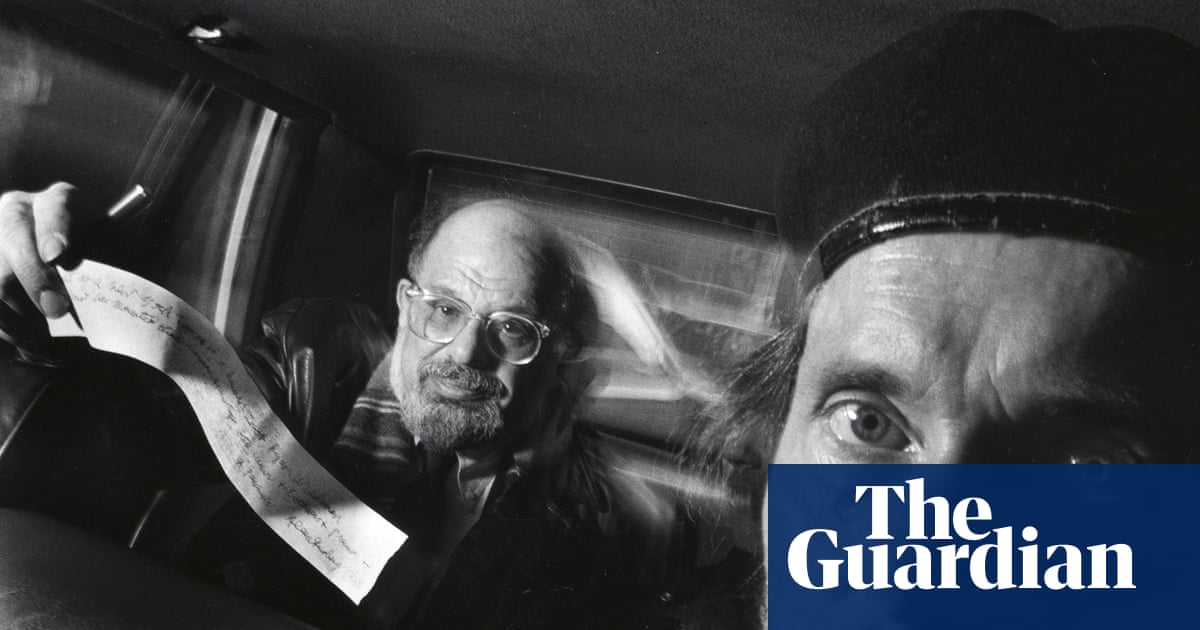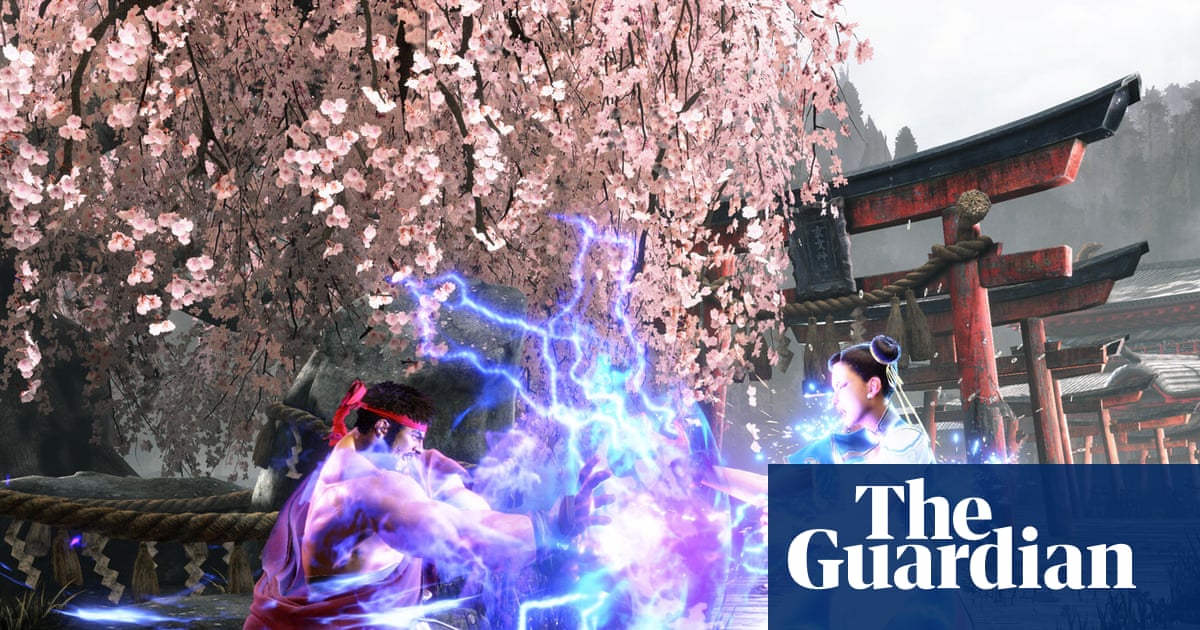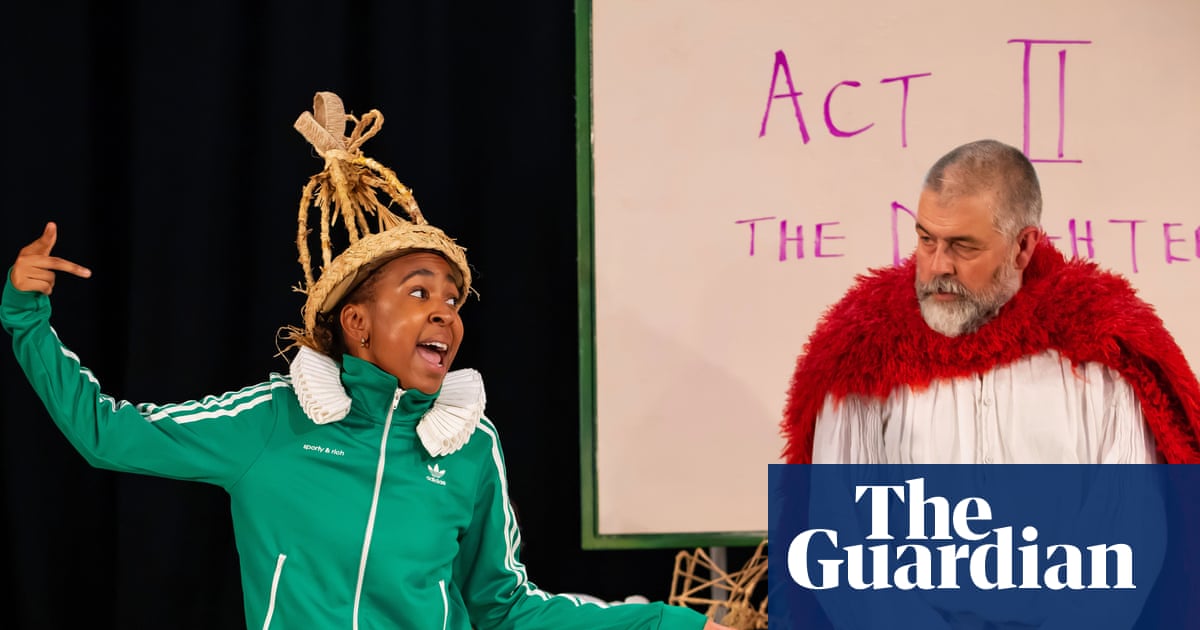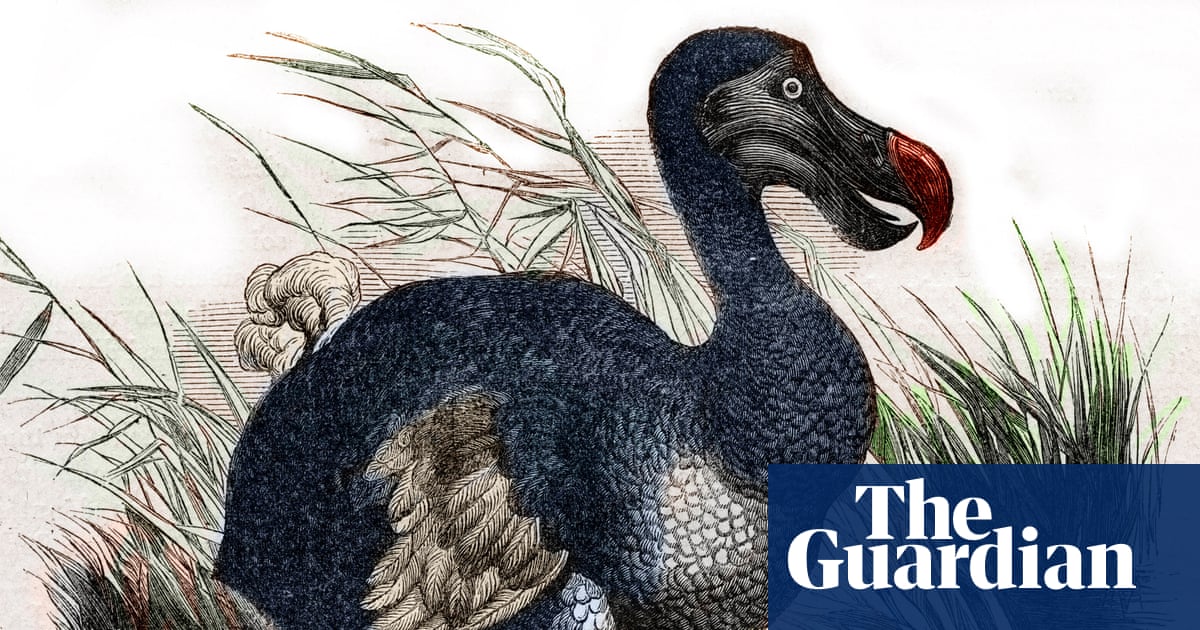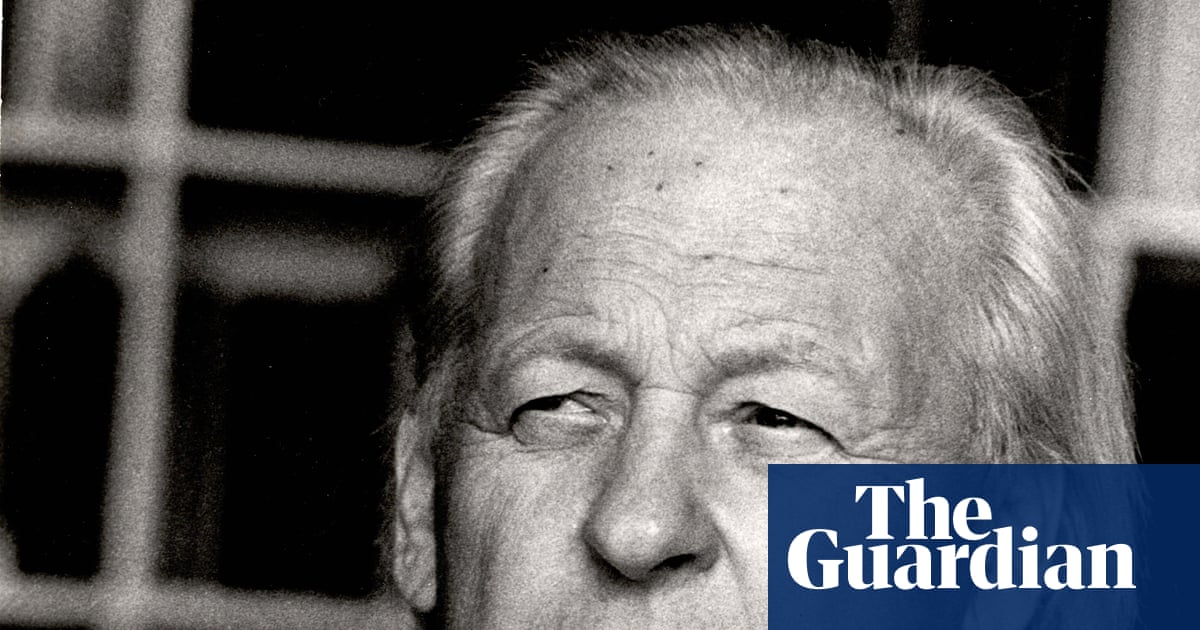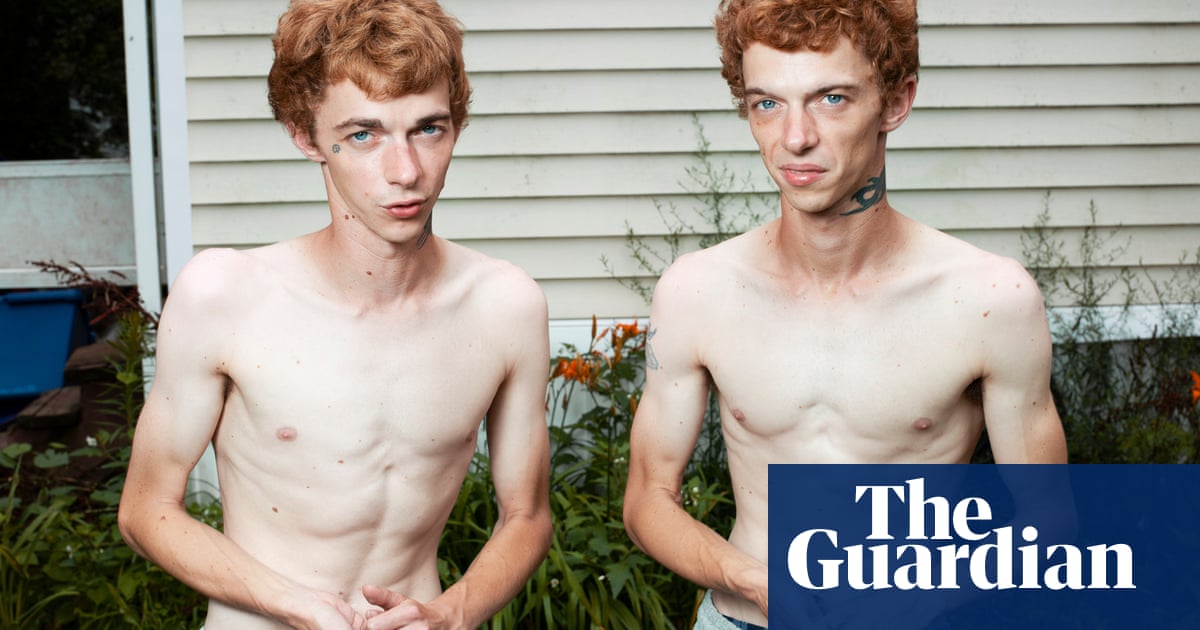Halfway through the Royal Academy’s Summer Exhibition, I was woken up by Jesus (but more on this shortly). Suddenly, as I came to, the whole place appeared alive and more and more good stuff leapt out from the 1,600 works on view. What’s that upsidedown stag? It’s by the 87-year-old German master Georg Baselitz. As for those convex mirrors above your head, reflecting you and the floor in radical foreshortening, that’s an installation by Cornelia Parker. In the same room hang eviscerated animal carcasses hooked up on chains, made of textiles by Tamara Kostianovsky.
But it’s Jesus who lifts this exhibition out of the ordinary. He moves towards you like a shark in the illusion created by Tracey Emin’s painting The Crucifixion. And like a shark, he is frightening. I thought art had lost its capacity to shock. But what can be more shocking than a celebrated 21st-century artist sincerely painting the passion? Emin shows another work before this startling, upsetting show-stopper – an outsized, melancholy portrait print. It makes you wonder and worry: is the artist OK? And even, is the artist any good? This female face is so broadly sketched it’s a bit clumsy, and yet you can’t forget it.
Emin’s talent is still raw after all these years and she has painted her masterpiece in the crucifixion. If you doubt her, see this. If you love her, see this. It’s a big painting of the three crosses on the hill of Golgotha. Christ is flanked by two other crucified figures, one of whom is a woman – the only departure from iconographic tradition. Emin is a fan of north European art, including Munch. Here she echoes the intense, macabre Three Crosses of German renaissance painter Lucas Cranach. Then again, she may also be echoing The Life of Brian, for there’s something cinematic about the way the two side crosses are set back, thrusting Christ’s suffering body forward for us to see, to pity. He’s got a crown, a beard, a broken harrowed face, painted blue in a yellow desert. His knees are knobbly, legs thin, chest skinny.
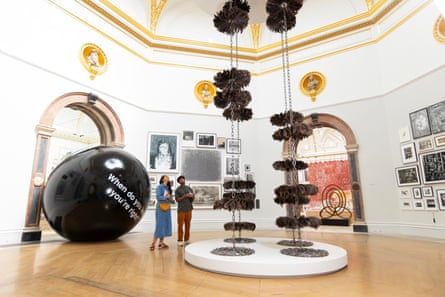
The curving dark line enclosing the white semi-circle of the hill of Golgotha strongly resembles the way Francis Bacon enclosed his figures in abstract rooms. Like a Bacon bedroom, this barren hilltop represents the prison of existence we all share. The two other victims – two thieves, according to the Bible – share Christ’s fate, nailed to massive crosses. Don’t we all, says Emin.
This is the greatest new painting that’s been seen since Lucian Freud died. But was he ever as universal? Emin shows why religious art, whatever your beliefs or lack of them, has a power to portray our common human fragility. People are always being crucified.
This modern masterpiece doesn’t overwhelm the show but opens your eyes to other strong works. Go and look at George Shaw’s painting Survivors 1, which sucks you into its peculiarly British sadness. On a scrap of parkland in front of an estate of featureless houses with blank windows, a leafless tree claws at the drab sky. More trees “survive” beyond it. If you need cheering up after this blast of depressive Gainsborough, head for Frank Bowling’s Red, Yellow and Blue – a tall, slender abstract painting with bits of plastic and medication packaging embedded in it, a fizzing cocktail of gold fire and night blue that seems a homage to Whistler’s Nocturnes, but on a grand abstract expressionist scale.
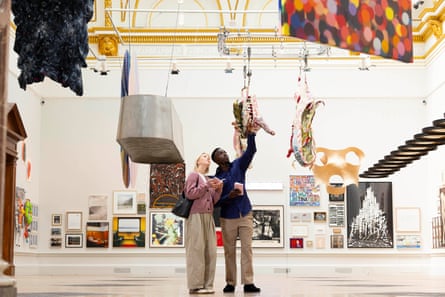
The Royal Academy summer show’s days of defining the new are usually thought to be long gone. Yet this is a peculiar moment in art, when what is avant garde and what is conservative are messed up. Perhaps this exhibition has a serious, even urgent job to do, with its unique mix of the famous, unknown, impressive and terrible. Who did that huge grotesque portrait of a woman who looks like a Dada montage? A wild amateur? No, Cindy Sherman.
It’s a shame more of the memorable pieces aren’t by unknowns but by and large the art elite justify their prices and honours: Dexter Dalwood, Rose Wylie, Stephen Farthing, Sean Scully, the late Timothy Hyman. At 87, Allen Jones is still perving with panache. There’s a strikingly weird painting of two women on the tube by Paulina Olowska.
after newsletter promotion
Another excellent painting is Hurvin Anderson’s The Harder They Fall, a view of an overcrowded concrete bridge over a river. Anderson lingers on the lush green forest all around. You can see it as an allegory of climate crisis, humanity’s hard fall coming. Other effective political artworks include Jock McFadyen’s Somewhere in Ukraine, a view of a battered apartment block with battle smoke on the horizon, and Marcus Harvey’s Nelson at Trafalgar, which turns the British hero into a mummified corpse.
It all kicks off in the courtyard with big black inflatable balls by Ryan Gander, printed with questions: “How much is a lot?” “Does abstraction have rules?” Daft but fun, these pseudo-intellectual japes put you in a good mood for an exhibition full of surprises and subtleties. All that, plus the greatest artwork Emin has yet given us. Always look on the bright side of life.

 3 months ago
89
3 months ago
89

